Taking your customers all the way through your SaaS sales funnel to signing up to your awesome SaaS product is an exciting endeavor!
But drafting, reviewing and negotiating the ideal SaaS contracts to get your customers signed up can feel like navigating a maze…blindfolded!
Don’t sweat it, we’ve got you covered with our top 5 ultimate SaaS contract best practices.
We understand that whilst lawyers want to take your money to add all sorts of convoluted and overprotective terms to your contracts…
…we know that that’s simply not good business.
In reality, the risk of being sued by your customers is extremely small. And in the rare chance it happens, you will end up negotiating a settlement or simply providing a refund anyway, given that 95% of all lawsuits are dismissed or settled before trial.
However, the chance of losing new customers during the process of negotiating your SaaS agreements incorrectly, is high!
SaaS agreements can be heavily negotiated over a period of months. And if your contracts contain terms that are:
- off market standard
- onerous on your buyers
- not necessary to include
- ambiguous
- badly written
You’re going to invite endless rounds of negotiation that at best, waste you time and money, and at worst, lose the deal altogether!
The bottom line is: badly written and badly negotiated SaaS sales contracts are an obstacle to your business being able to sign up new customers and grow.
So, you need to balance the need to protect your business interests, with the objective at hand:
To close the deal and get the customer signed up!

Optimizing your SaaS Contracts
Now, there are infinite types of SaaS products, SaaS companies and SaaS customers. But the key elements of a SaaS contract remain the same.
According to lawyers: “leverage dictates drafting”.
This is true. Whether you’re Apple or the new kid on the block trying to sign up your first customer, that’s going to dramatically change the bargaining power you hold in the negotiation.
But the most important thing to establish is:
What represents an actual risk for your business and what can be disregarded in favor of the market standard in the SaaS industry.
If you take anything away from this article, let it be this:
Do not fall into the trap of thinking that just because you can add more to protect yourself in the way of provisions then that means you should!
And don’t think that just because you think you can get away with making your customers ‘eat your terms’ that it means you can or you should.
It’s time to get really honest with yourself about whether a particular risk is something you absolutely need to shift onto the client or not.
Remember, the average SaaS sales cycle is 84 days long.
It’s up to you to decide if it’s worth the cost of negotiating your SaaS sales contracts for months on end, or whether to think more like a businessperson than a lawyer, and know where to draw the line to get the deal DONE!
So we’ve written 5 SaaS contract best practices just for you – so you can reduce negotiation time, save tons on legal fees and ultimately grow your business!
5 SaaS Contract Best Practices
Our list of SaaS contract best practices cover the key elements of a SaaS contract you need.
Let’s start with the terms in your contract that actually shift the risk between you and your customer: warranties, indemnities and liabilities, before moving onto two other fundamental terms; data and termination.
1. Warranties
Warranties in SaaS contracts hail from the times when we would buy a simple product and the seller company would guarantee that product with a warranty should it break.
When it comes to SaaS, your customers aren’t actually buying a tangible product at all. So when it comes to the warranty in your SaaS agreement – things are a little different.
The first thing you need in your SaaS contract is a disclaimer that the software is ‘provided as is’.
An umbrella disclaimer is important, because it’s simply bad business to guarantee any kind of performance of your software. Without an umbrella disclaimer you could open yourself up to all kinds of business risks.
We’re in the business of helping you protect your interests whilst simplifying your contracts for frictionless negotiation, so we’ve got some killer time saving tips just for you!
Time saving tip: Make your umbrella disclaimer and limit your remaining warranties to ensuring that reasonable efforts ‘consistent with industry standards’ be made to:
a) maintain the software
b) provide notice of any temporarily unavailable services
c) provide support and maintenance services
This is enough to keep your customers happy and keeps your contract simple and in line with market standards.
2. Indemnification
The difference between an indemnity and a warranty in the context of SaaS is as follows:
A warranty is something you give to your customers directly, whereas indemnities cover situations where a third party might sue your customer for their use of your software.
You will rarely see a SaaS agreement where the provider isn’t expected to indemnify their customer for third party intellectual property (IP) breach.
This is the market standard and fair across the board.
Third party IP breach is a situation where your customer breaches the IP rights of a third party through using your SaaS software, and your customers will expect you to cover them in this situation.
Time saving tip: To create a more streamlined and balanced agreement, avoid catch-alls for liabilities such as breach of warranty, breach of agreement and breach of law.
However, to protect yourself where it counts, make sure that your customers indemnify third parties for damages resulting from their own negligence, misconduct or breach of the agreement (fair enough right?!).
3. Liabilities
There are two limitations of liability that you’ll commonly see in SaaS agreements:
- Special (indirect) damages liability limitation
- Aggregate liability cap
Special damages
Special damages cover ‘indirect’ losses resulting from a breach of one of the parties.
This refers to losses that could not have been ‘foreseen’ at the time of the event that caused the loss. For example a loss of $5m in profits that resulted indirectly from a temporary breakdown in your software.
Now, this can be a huge area for back and forth negotiation, and therefore a huge potential for wasting time and money.
Time saving tip: To simplify your contract and protect yourself where it counts, limit your liability in the event of neglect or misconduct on your part to direct damages only. To even the playing field, ensure that neither party can be liable for indirect damages across the board.
Aggregate liability cap
Most B2B SaaS companies require some sort of cap (in dollars) on the liability they will incur if something goes wrong.
Without these limits, companies would need to price their products much higher to guard against the greater risk of uncapped liability.
The market trend is to tie this liability cap to the fees that the customer pays over a period of time.
Picture the scenario: as a SaaS provider, your starting position is a cap equal to several months’ subscription fees. Your customer then requests an increase to one year’s fees.
End result: You end up somewhere in the middle, depending on how you both push.
But as you can imagine, this can waste serious time!
Time saving tip: Resist the urge to push your customers and set the aggregate liability cap at 12 months’ fees. This is the market standard so don’t waste time on it!
When it comes to exclusions from liabilities, there are so many places you can take it and waste significant time and money in the process.
Your SaaS agreement could set out terms that exclude liability for all of the following:
- IP infringement
- Breach of Agreement
- Breach of Representations
- Breach of Confidentiality
- Breach of Law
- Data Breach
Time Saving Tip: Don’t do it! Keep your contract simple and closable with a straightforward ‘no exclusions from limitation of liability’ clause.
Extra Time Saving Tip (just because we love giving value): Some companies go as far as to include a ‘Super Cap’ for maximum aggregate liability. I think you get the point by now – do not fall into the trap of adding these types of clauses and risk losing out on the deal!
4. Data
Data protection is an inevitable part of the SaaS ecosystem.
First things first: The customer should always own their data.
This goes without saying and anything else is just not going to fly!
If you’re in the business of machine learning, consider including a provision that grants you the right to train your algorithms with the data your customers submit through the software.
Time Saving Tip: To save you the time of negotiating all the nuances that come with such a broad area as data, simply retain your right as the software provider to collect and analyze customer data.
A growing trend in the SaaS world is to indemnify for data breach. We suggest avoiding going down this path, but it comes down to the type of company you are and the type of service you provide.
IF you’re a SaaS provider selling super sensitive data analytics for the healthcare industry, this may warrant the need to cover for data breach.
Time saving tip: Unless you handle extremely sensitive data, leave this out! Simply include a provision that allows the client to expect your security measures to be “limited to standard and best practices in the industry.”
5. Termination
Termination is a term that governs when and how both sides can terminate the contract and what happens in that event.
Termination for convenience refers to the situation where a customer wants a way out of the 12 month contract they’ve signed up for.
Make sure that your SaaS agreement can be terminated (1) by either party for default, (2) by either party with 30 days’ written notice or (3) for convenience by the seller with 30 days’ written notice.
Time Saving Tip: To save negotiation time and protect yourself where it counts, ensure that the customer’s obligation to pay survives if they choose to terminate, with no seller refunds or payment restrictions upon termination.
Automatic renewal
This term is often missing from SaaS contracts, but is one that’s become standard.
Include a term for automatic renewal for successive periods of 12 months. This allows for termination annually rather than monthly, and ensure to stipulate one month’s notice.
To keep your customers sweet, offer to notify them a set period of time in advance each time your contract is up for automatic renewal.
This is a great way to get the deal over the line and frees them of the administrative burden of tracking the lifecycle of the contract.
Conclusion
Manually reviewing your SaaS agreements is a complex and tiresome task. And paying thousands for your SaaS lawyer is NOT a good alternative either!
At Superlegal we’re here to take care of your SaaS contracts for you. So you can get back to doing the things that move the needle for your business!
We optimize your SaaS contracts to take the friction out of the sales process – so you can sell faster and sell more!
If you’d like to see how Superlegal can save you 90% on legal costs and 70% on negotiation time – click here to try Superlegal completely for free!
Just upload your first SaaS contract with a few clicks and see how our kickass combo of award-winning AI and experienced lawyers can revise your contracts in up to just 6 hours – so you can slash negotiation time, close deals faster and get back to growing your business!

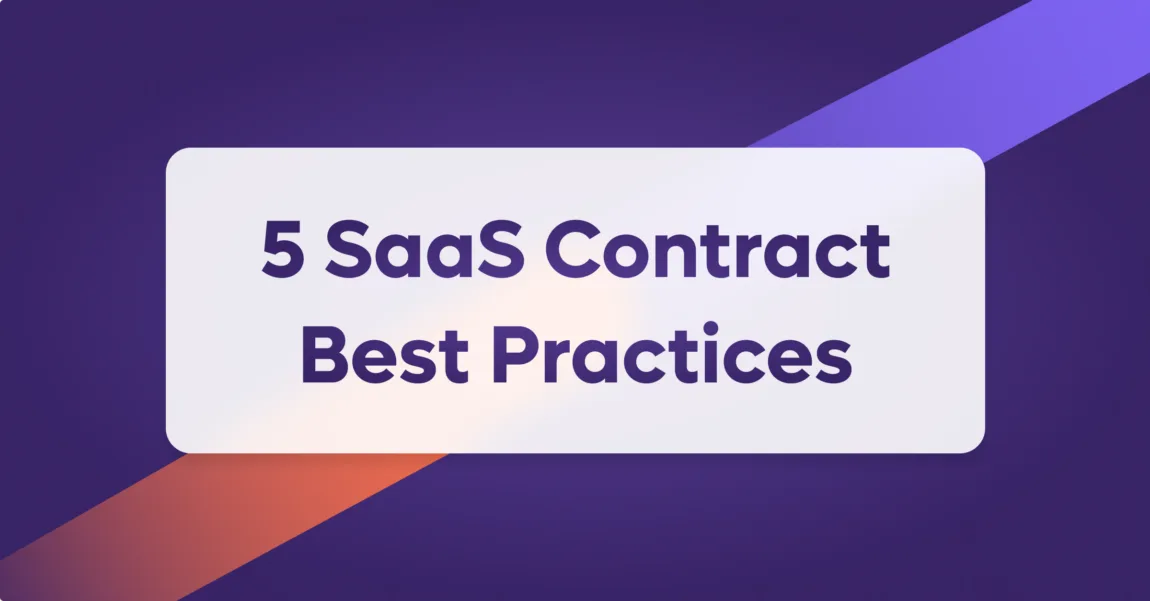

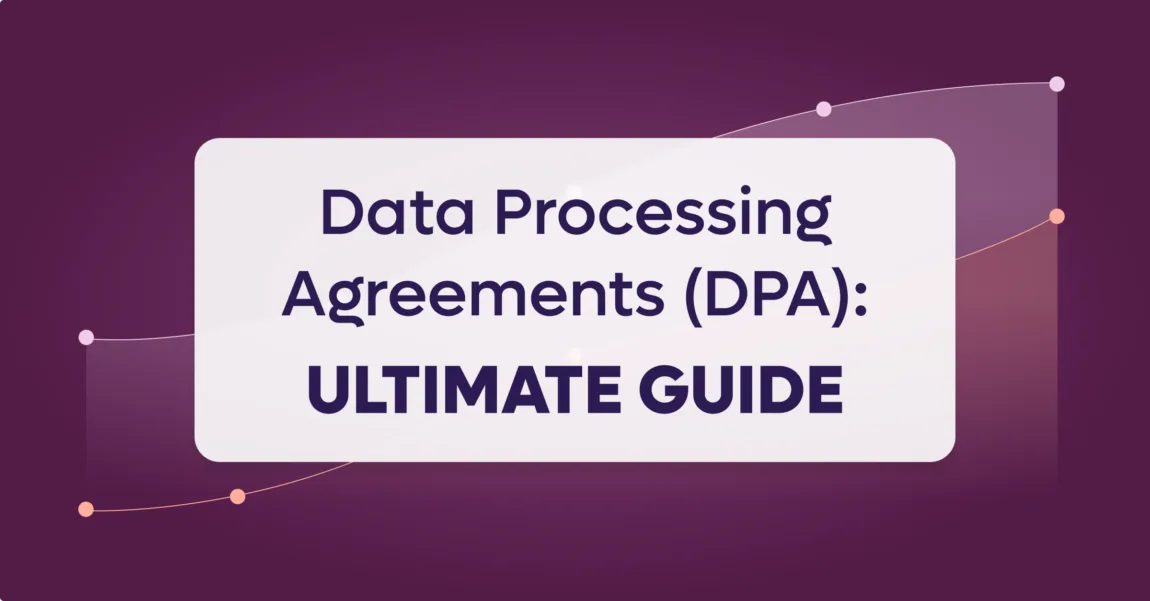
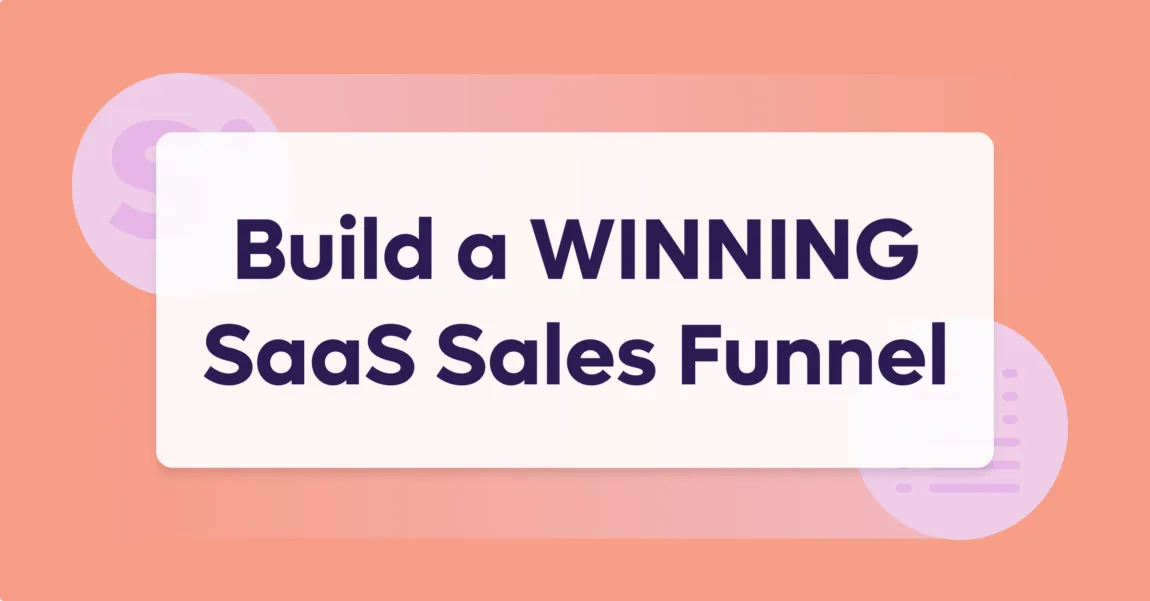
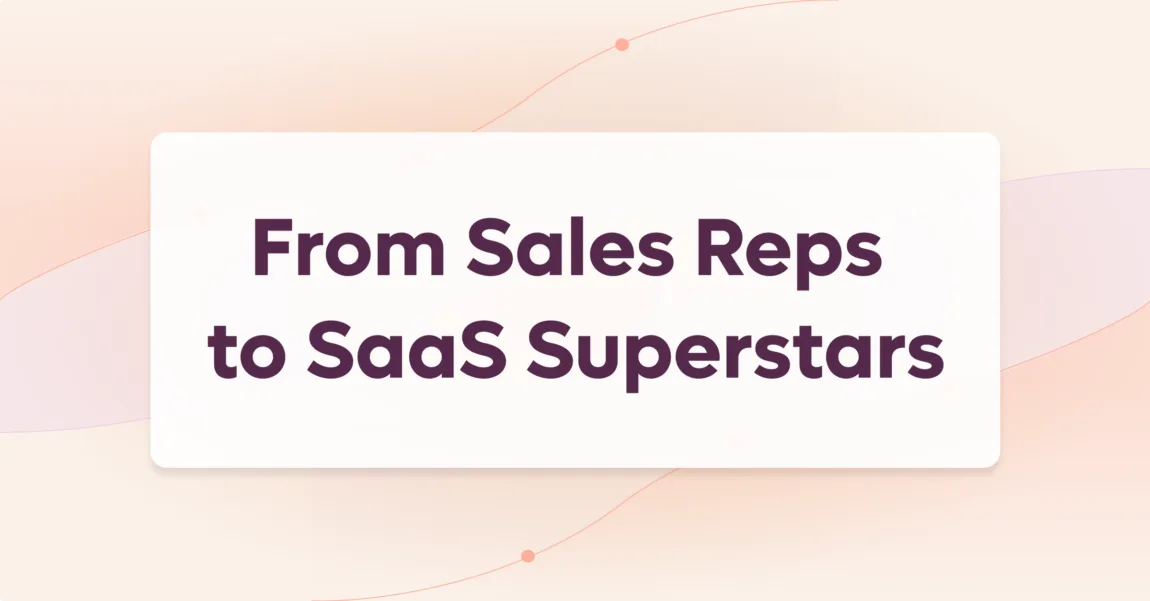
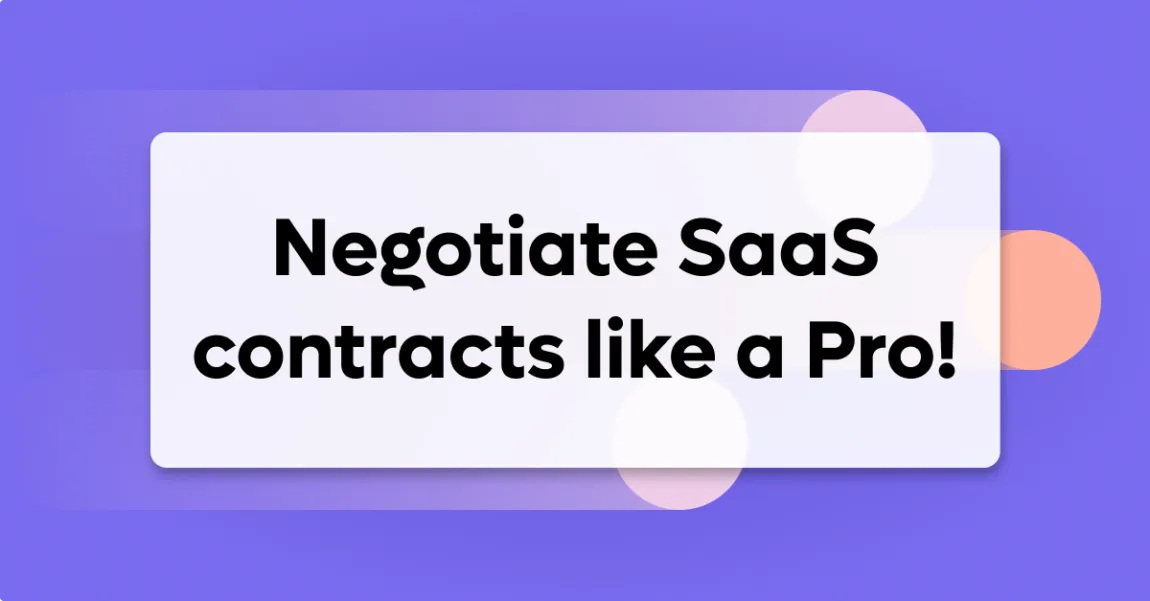

By entering your email, you agree to our Terms & Conditions and Privacy Policy.